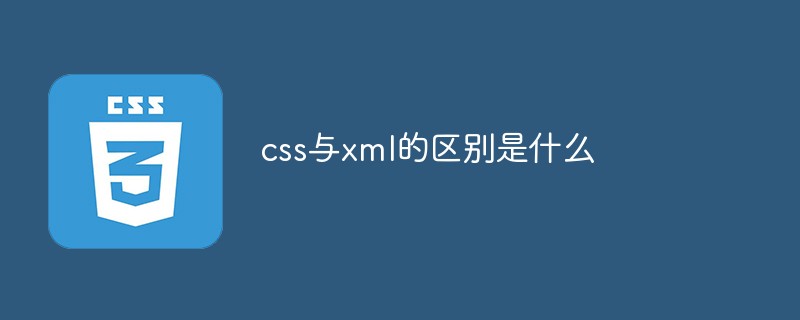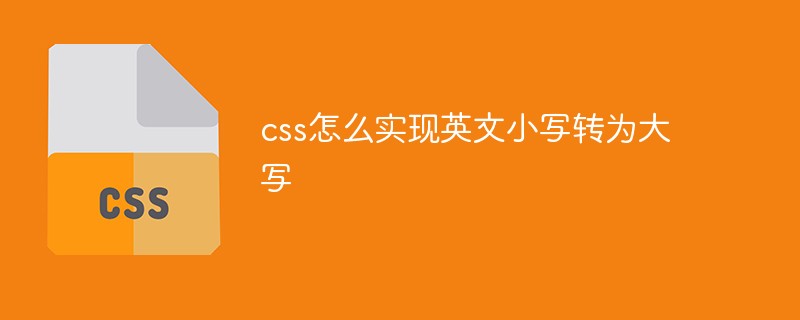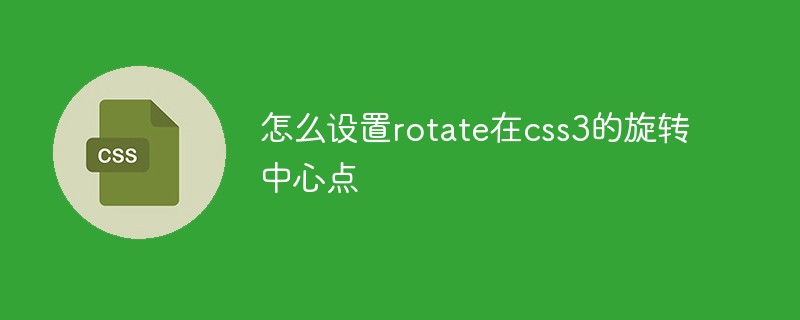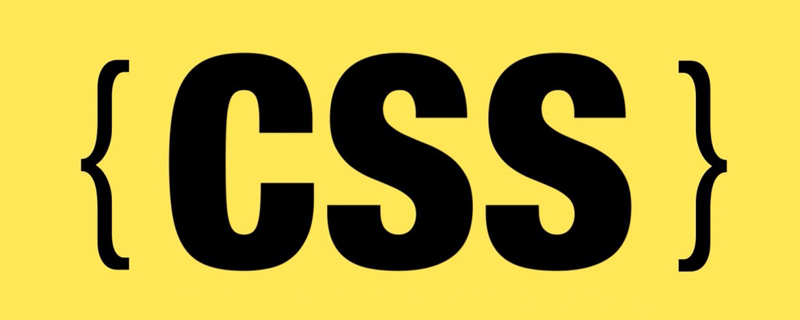 Web Front-end
Web Front-end CSS Tutorial
CSS Tutorial How to use cursor? How to use the cursor attribute in CSS and how to parse optional values
How to use cursor? How to use the cursor attribute in CSS and how to parse optional valuesWhen laying out a page, CSS is an essential part of the work. I often hear people say: HTML is what a person looks like without makeup, and adding CSS is what a person looks like after makeup. This sentence is easy to understand and explains the relationship between CSS and HTML very well. There are many attributes in CSS. Today we will focus on one attribute, the CSS cursor attribute, and its many optional values. For example, the cursor hand shape uses the cursor:pointer attribute.
How to use cursor?
1. CSS cursor basic syntax
What is the cursor attribute: refers to the cursor shape that appears when the mouse pointer is placed within the boundary of an element. It Including question marks, small hands and other shapes.
When using it, you can insert style="cursor: a certain attribute value" into any tag you want to add, or you can add it in the CSS style.
For example:
pointer, small hand shape
, help, help Shape .The attribute value of cursor has more than a dozen optional values. Just choose the appropriate value according to your needs during work.
2. CSS cursor attribute value
1. The most commonly used cursor: pointer, the cursor takes on the shape of a small hand.
<p style="cursor:pointer">pointer</p>
2. cursor: help, question mark cursor
<p style="cursor:help;">pointer</p>
3. cursor: crosshair, cross cursor
<p style="cursor:crosshair;">pointer</p>
will introduce these commonly used and other attribute values in detail They are all written in the same way, just change the attribute value. Please see below for the specific values and what they mean.
default: The default cursor, usually an arrow
auto: Default, the cursor set by the browser
crosshair: The cursor represents a crosshair
pointer: The cursor represents a pointer (a pointer) indicating a link Hand)
move: The cursor indicates that the object can be moved
e-resize: The cursor indicates that the edge of the rectangular box can be moved to the right
ne-resize: The cursor indicates that the edge of the rectangular box can be moved up and to the right Move
nw-resize: The cursor indicates that the edge of the rectangular box can be moved up and to the left
n-resize: The cursor indicates that the edge of the rectangular box can be moved upward
se-resize: The cursor indicates the edge of the rectangular box The edge can be moved down and to the right
sw-resize: The cursor indicates that the edge of the rectangular box can be moved down and to the left
s-resize: The cursor indicates that the edge of the rectangular box can be moved down
w-resize: The cursor indicates that the edge of the rectangular box can be moved to the left
text: The cursor indicates text
wait: The cursor indicates that the program is busy (usually a watch or hourglass)
help: Cursor indicates Help (usually a question mark)
The above mainly introduces the usage of the cursor attribute in CSS and the meanings of different attribute values. Beginners can try different values in the editor to see what happens. The effect, I hope it can help you.
The above is the detailed content of How to use cursor? How to use the cursor attribute in CSS and how to parse optional values. For more information, please follow other related articles on the PHP Chinese website!
 css ul标签怎么去掉圆点Apr 25, 2022 pm 05:55 PM
css ul标签怎么去掉圆点Apr 25, 2022 pm 05:55 PM在css中,可用list-style-type属性来去掉ul的圆点标记,语法为“ul{list-style-type:none}”;list-style-type属性可设置列表项标记的类型,当值为“none”可不定义标记,也可去除已有标记。
 css与xml的区别是什么Apr 24, 2022 am 11:21 AM
css与xml的区别是什么Apr 24, 2022 am 11:21 AM区别是:css是层叠样式表单,是将样式信息与网页内容分离的一种标记语言,主要用来设计网页的样式,还可以对网页各元素进行格式化;xml是可扩展标记语言,是一种数据存储语言,用于使用简单的标记描述数据,将文档分成许多部件并对这些部件加以标识。
 css3怎么实现鼠标隐藏效果Apr 27, 2022 pm 05:20 PM
css3怎么实现鼠标隐藏效果Apr 27, 2022 pm 05:20 PM在css中,可以利用cursor属性实现鼠标隐藏效果,该属性用于定义鼠标指针放在一个元素边界范围内时所用的光标形状,当属性值设置为none时,就可以实现鼠标隐藏效果,语法为“元素{cursor:none}”。
 rtl在css是什么意思Apr 24, 2022 am 11:07 AM
rtl在css是什么意思Apr 24, 2022 am 11:07 AM在css中,rtl是“right-to-left”的缩写,是从右往左的意思,指的是内联内容从右往左依次排布,是direction属性的一个属性值;该属性规定了文本的方向和书写方向,语法为“元素{direction:rtl}”。
 css怎么设置i不是斜体Apr 20, 2022 am 10:36 AM
css怎么设置i不是斜体Apr 20, 2022 am 10:36 AM在css中,可以利用“font-style”属性设置i元素不是斜体样式,该属性用于指定文本的字体样式,当属性值设置为“normal”时,会显示元素的标准字体样式,语法为“i元素{font-style:normal}”。
 css怎么实现英文小写转为大写Apr 25, 2022 pm 06:35 PM
css怎么实现英文小写转为大写Apr 25, 2022 pm 06:35 PM转换方法:1、给英文元素添加“text-transform: uppercase;”样式,可将所有的英文字母都变成大写;2、给英文元素添加“text-transform:capitalize;”样式,可将英文文本中每个单词的首字母变为大写。
 怎么设置rotate在css3的旋转中心点Apr 24, 2022 am 10:50 AM
怎么设置rotate在css3的旋转中心点Apr 24, 2022 am 10:50 AM在css3中,可以用“transform-origin”属性设置rotate的旋转中心点,该属性可更改转换元素的位置,第一个参数设置x轴的旋转位置,第二个参数设置y轴旋转位置,语法为“transform-origin:x轴位置 y轴位置”。


Hot AI Tools

Undresser.AI Undress
AI-powered app for creating realistic nude photos

AI Clothes Remover
Online AI tool for removing clothes from photos.

Undress AI Tool
Undress images for free

Clothoff.io
AI clothes remover

AI Hentai Generator
Generate AI Hentai for free.

Hot Article

Hot Tools

EditPlus Chinese cracked version
Small size, syntax highlighting, does not support code prompt function

Safe Exam Browser
Safe Exam Browser is a secure browser environment for taking online exams securely. This software turns any computer into a secure workstation. It controls access to any utility and prevents students from using unauthorized resources.

SAP NetWeaver Server Adapter for Eclipse
Integrate Eclipse with SAP NetWeaver application server.

ZendStudio 13.5.1 Mac
Powerful PHP integrated development environment

VSCode Windows 64-bit Download
A free and powerful IDE editor launched by Microsoft






